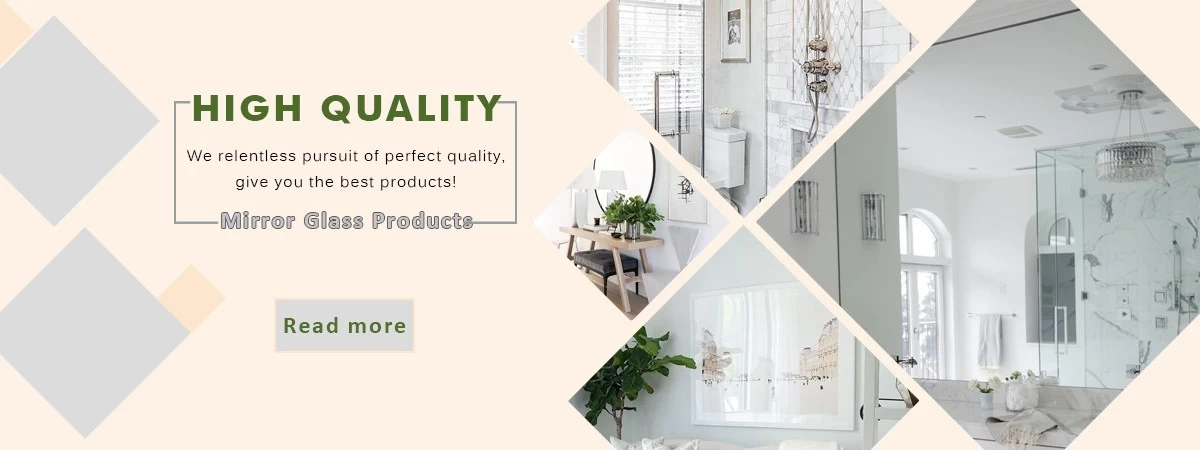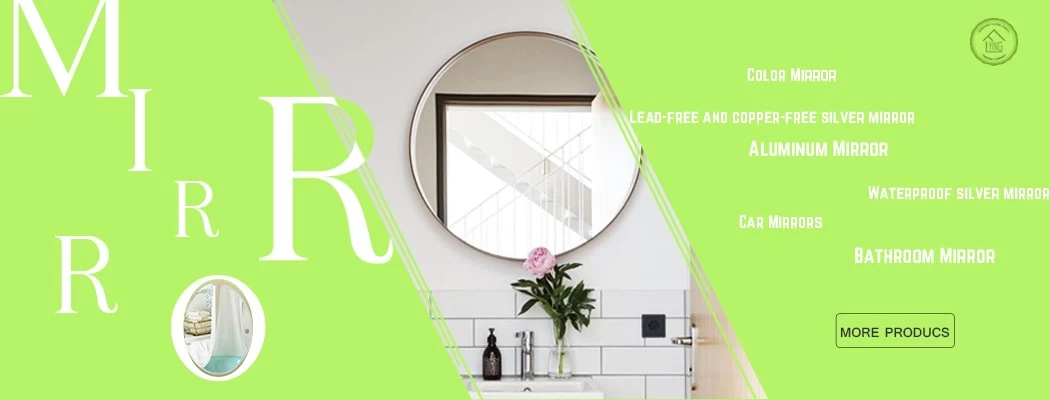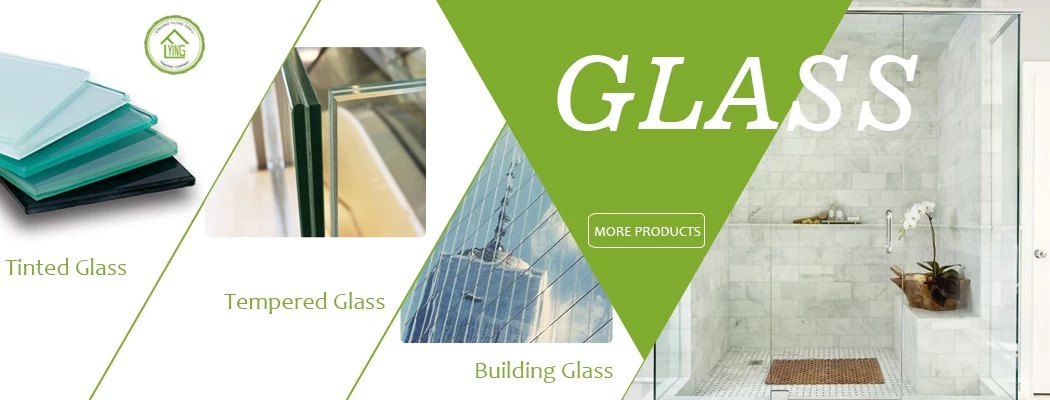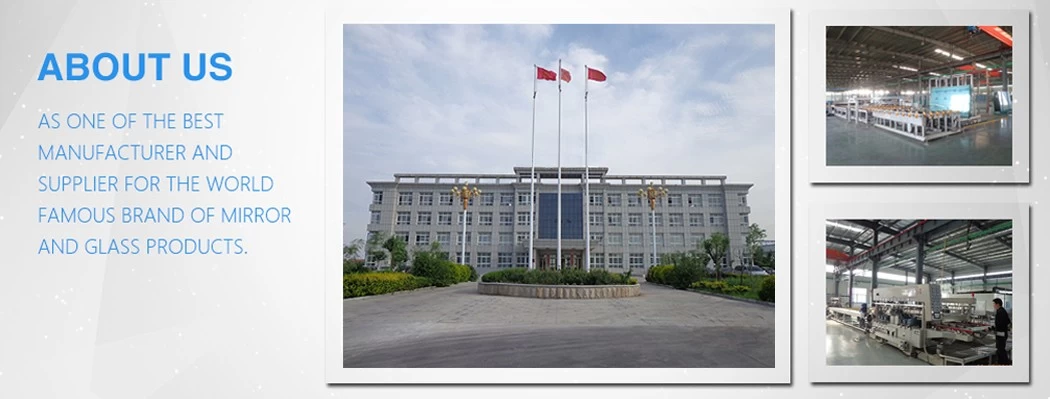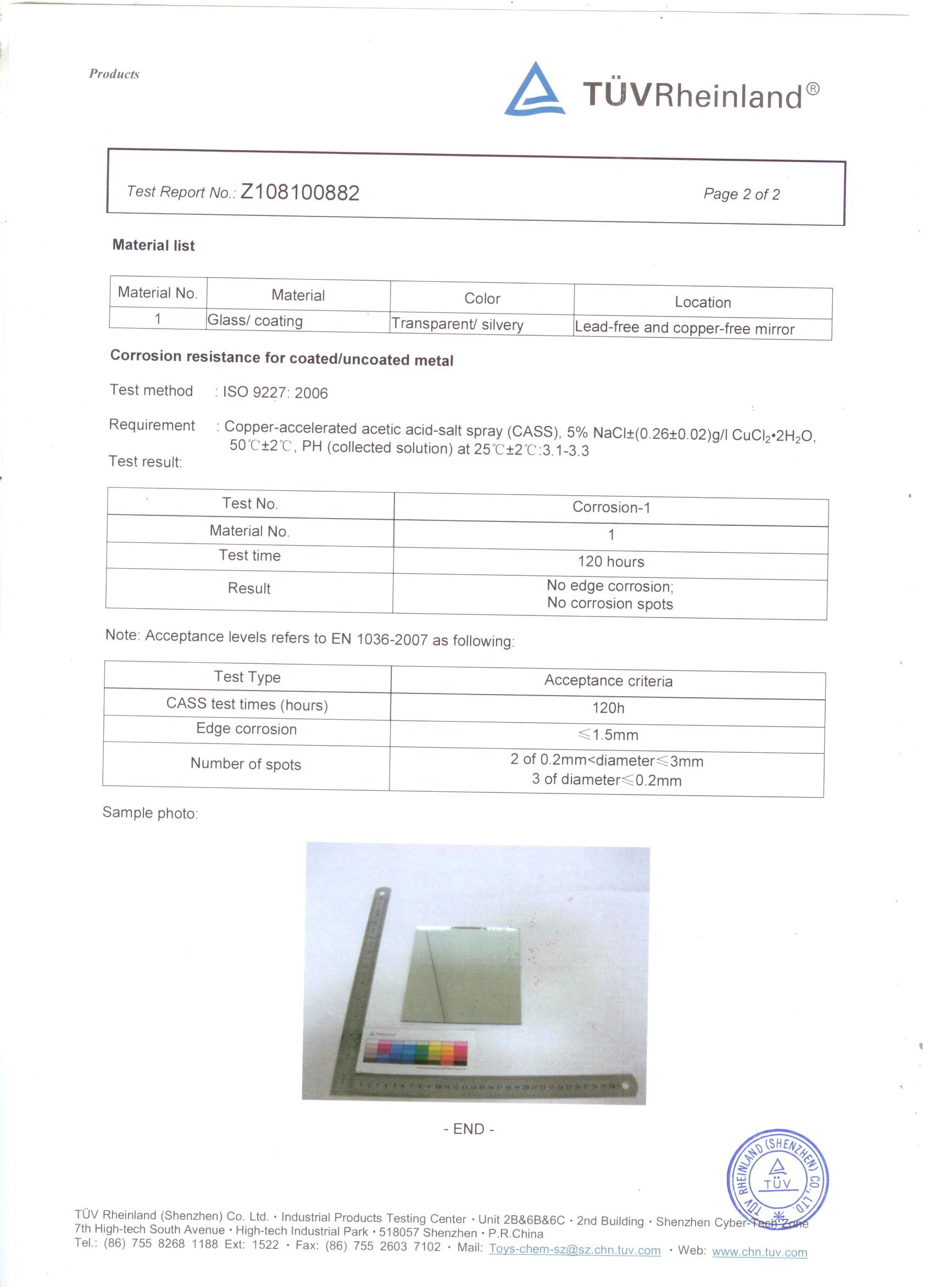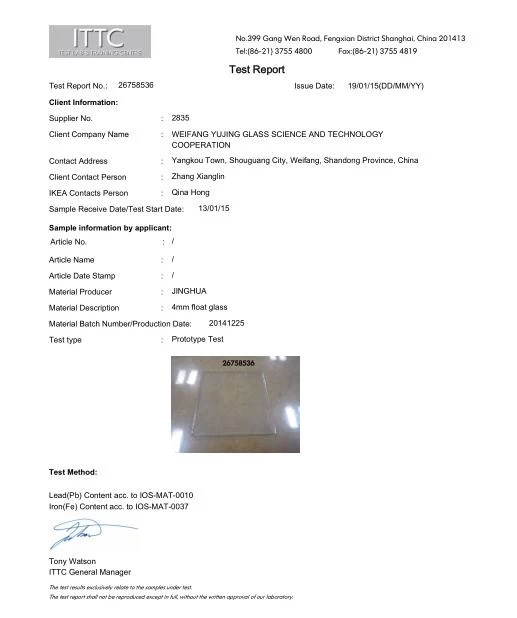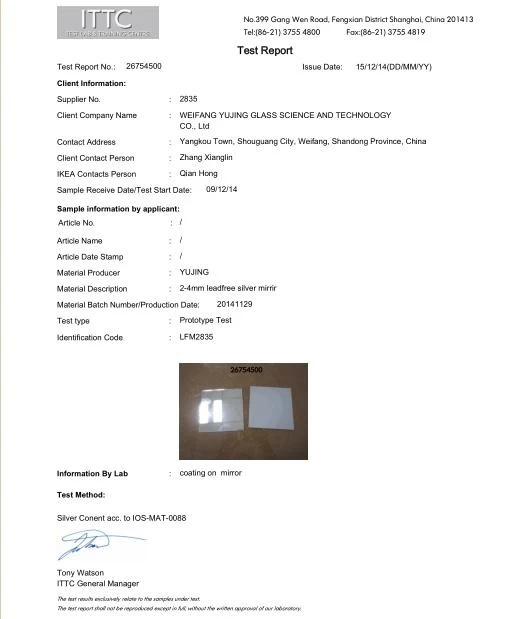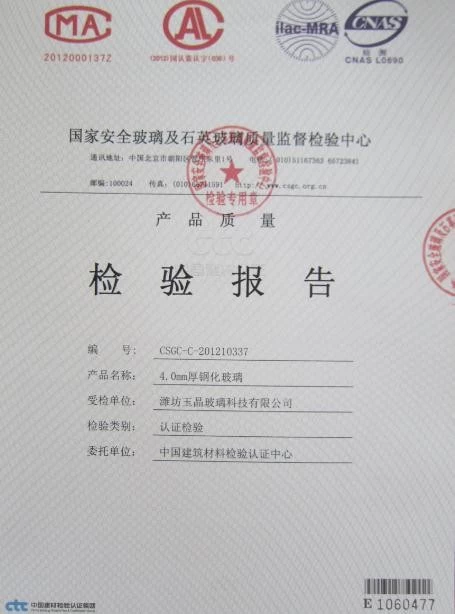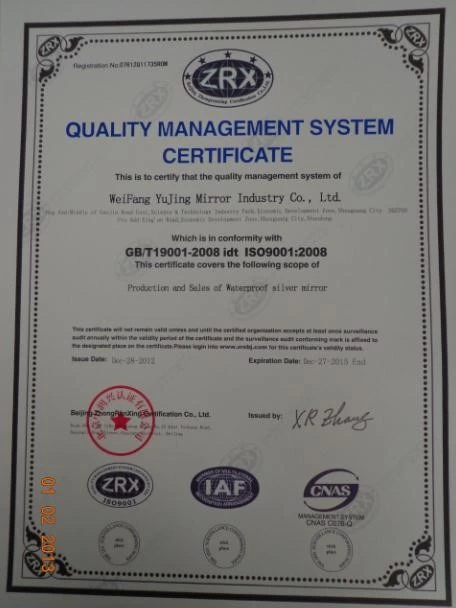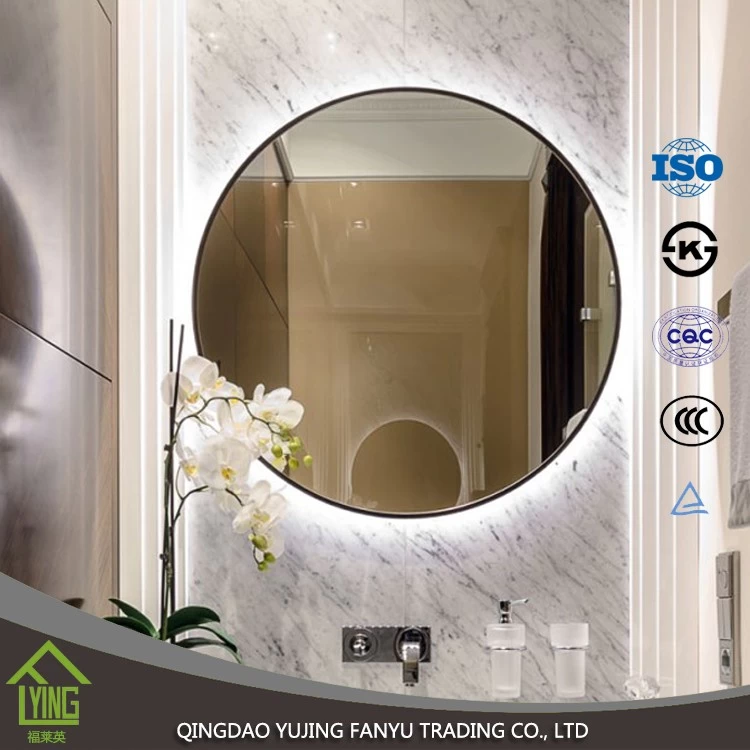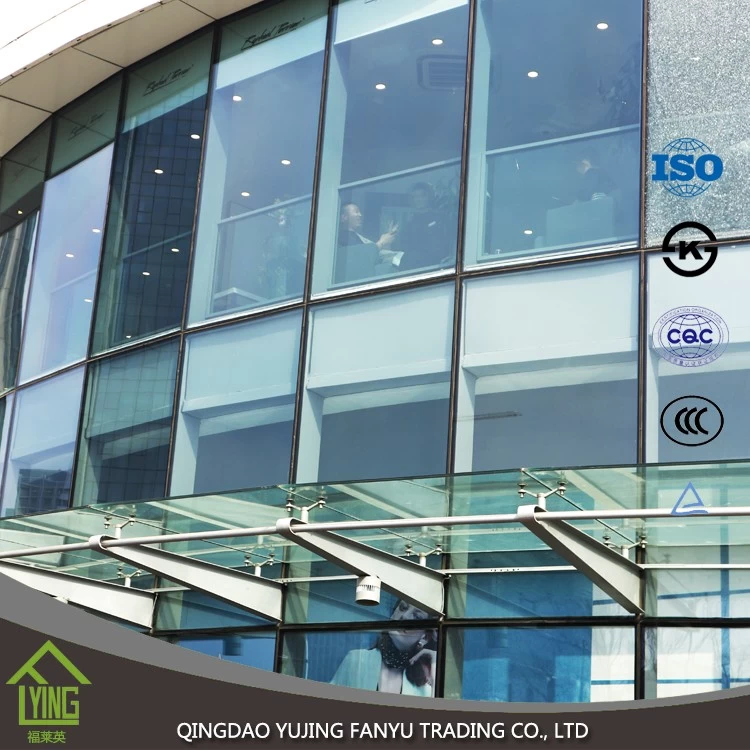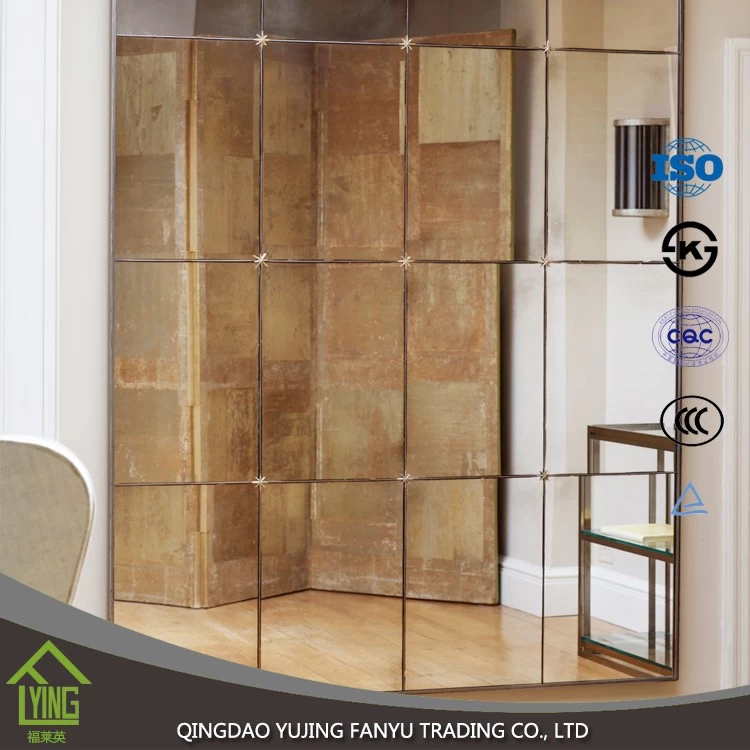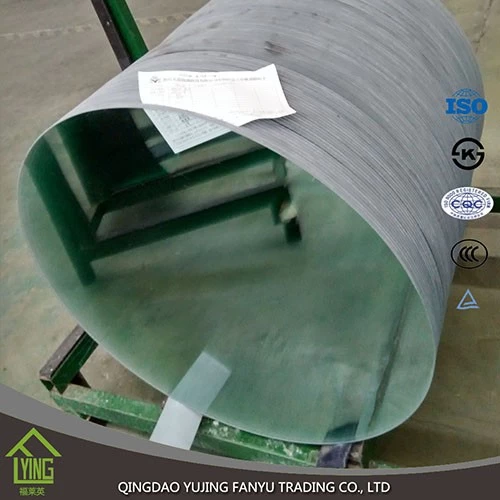Study on processing of glass-ceramics by abrasive polishing with consolidation
Fanyu
Chinamirrormanufacturer. com
2017-10-12 17:14:28
Glass-Ceramics is a kind of good structural material, which has good mechanical properties and high temperature chemical stability, thus arousing people's wide attention. In recent years, with the rapid development of computer technology on the external memory of computers, as a hard disk substrate new materials of glass-ceramics in the development of computer is favored. Due to the crystallization of microcrystalline glass and the structure and chemical composition of glass phase, the microhardness is very high, the traditional processing method is difficult to process the smooth surface of submicron, thus chemical mechanical polishing (CMP) becomes the only effective technology for processing glass-ceramics. Therefore, it is possible to explore the process of polishing glass-ceramics by using consolidation abrasive polishing pad, which can provide a basis for the development of ultra precision glass-ceramic processing technology.
Processing method of Microcrystalline Glass
At present, at home and abroad, according to the micro-crystal glass special micro-structure and performance characteristics, the surface of its precision and ultra-precision grinding process, so as to achieve nano-level surface quality and flatness. The study of the Han Rongju of Changchun optical machine of CAS shows that the grain size of microcrystalline glass is about 30~40nm. Therefore, to achieve the removal of its atomic weight level, to obtain the ultra smooth surface, the nano-level polishing abrasives must be used. The surface atoms of microcrystalline glass are removed from the workpiece body under the impact of abrasive particles. The process of atom removal is the collision, diffusion and filling process of the abrasive and the workpiece at the atomic level. Therefore, grinding and polishing process is the main process of processing microcrystalline glass at this stage.
Study on the process of grinding and polishing glass-ceramics by consolidation abrasive finishing
1. Polishing Experiment Setting
1.1. Polishing Platform
Grinding and polishing test in the PHL-350-type plane high speed grinding polishing system, in order to improve the flatness of the grinding disc, reduce the behavior error, usually in the process before the grinding disk 22 mutual research, and the blade ruler to check the flatness of the grinding plate to ensure that the surface quality of the machined workpiece.
1.2, Polishing pad
The polishing pad has the functions of storing the polishing fluid in the CMP process and transporting them to the whole processing area of the workpiece, maintaining the mechanical and chemical environment required for polishing, and transferring the material to remove the mechanical load, etc. [1]. Therefore, it is of great significance to use the W14 of Diamond hydrophilic FAP as polishing pad to achieve high quality and low cost CMP processing.
1.3, Polishing liquid
Using deionized water and other chemical additives as polishing fluids, the treatment of polishing slurry and suspended particles in traditional free abrasive polishing and the change of ph value cause the instability and precipitation of abrasive grains, which simplifies the treatment of polishing waste in traditional free abrasive polishing and has the characteristics of green environmental protection [2]. The polishing solution used in this experiment is only deionized water.
2, pressure p, speed Ω 1, offset e changes in the surface quality of the workpiece effect
2.1. Surface Quality
The surface quality of machined workpiece is another important index to evaluate FAP processing performance, including the flatness of the workpiece's three-dimensional contour surface roughness sa, RA and workpiece. The three-dimensional contour surface roughness SA, RA and local flatness PV are measured by the Ademicroxam system, the range of measurement is 868μmx646μm, sweep depth is 50nm, and the magnification is 5x2.0.
2.2, the effect of pressure p change on SA, RA
respectively, the pressure p is 0.05Mpa, 0.075Mpa, 0.1Mpa, the other parameters are as follows: ω1=150rpm, e=70mm, grinding of microcrystalline glass, each piece of grinding time is 10min. Before and after grinding with alcohol to clean the surface, after drying respectively in the middle, middle and edge of the workpiece 3 locations to take 2 measuring points to measure its SA and RA, take the average, calculate the standard deviation, analysis of 3 kinds of pressure grinding glass-ceramics at different locations of the surface roughness comparison results, Can be seen: 1 pressure changes will affect the roughness of glass-ceramics grinding, too much pressure is not conducive to the improvement of the surface quality of polished glass-ceramics. 2 The edge position of the micro-crystal glass after processing is better than that of the middle and middle position, and the pressure should not be too high when the glass-ceramics are processed by the consolidated abrasive.
2.3, the effect of the change of rotational speed ω1 on SA and RA
Choose the rotational speed ω1 for 100rpm, 150rpm, 200rpm, other processing parameters are as follows: =. 075Mpa, e=70mm, grinding of microcrystalline glass, each piece of grinding time is 10min. Before and after grinding with alcohol to clean the surface, after drying respectively in the middle, middle and edge of the workpiece 3 locations to take 2 measuring points to measure its SA and RA, the average value, the calculation of standard deviation, analysis of 3 kinds of grinding glass at different locations under the surface roughness contrast results, It can be seen: 1 The effect of rotational speed on the roughness value of glass-ceramics shows normal distribution, and the proper speed of rotation is propitious to stabilize the roughness of glass-ceramics. 2 The edge position of the coarse-grained glass after processing is obviously better than that of the middle and center.
2.4, the influence of the change of eccentricity E on SA, RA
Select the eccentric distance of e 50mm, 70mm, 90mm, and other processing parameters are as follows: =. 075Mpa, ω1=150rpm, grinding of microcrystalline glass, each piece of grinding time for the 10min. Before and after grinding with alcohol to clean the surface, drying, respectively, in the middle of the workpiece, the middle and edge 3 locations take 2 measuring points to measure their SA and RA, take average, calculate standard deviation, analyze the comparison results of surface roughness at different positions of 3 kinds of glass-ceramics under eccentric distance, it can be seen that: 1 eccentricity increases, grinding speed increases, Higher surface accuracy can be obtained. 2 The surface roughness of the marginal part is lower than the middle and middle.
2.5. Analysis of influence of process parameters on surface quality
The results of the above comparison shows that the surface quality of the glass-ceramics is better than that of the traditional processing method. Compared with the SA, RA and PV values obtained from different pressure, rotational speed and eccentric distance, the main technological parameters such as pressure, rotational speed and eccentricity are reasonably selected according to the processing requirements.
III. Surface morphology of glass-ceramics after grinding and processing
The following figure is the surface morphology of the glass-ceramics after being machined by a consolidated abrasive after a 1500 times-fold observation of the tool microscope, it can be seen that the surface of the grinding is almost all irregular pits, but no scratches, which means that the glass in the process of grinding the material removal is mainly brittle removal, rather than plastic removal, It also shows that microcrystalline glass belongs to brittle and hard material, its structure belongs to polycrystalline, so it is suitable to adopt the way of consolidation abrasive grinding.
IV. Summary
MicrocrystallineGlassWith good physical properties are widely used in various fields, so the study of Microcrystalline Glass is of great significance. Therefore, this paper carried out the process research of the glass-ceramics with the consolidation abrasive polishing, and studied the technology and technological parameters of the glass-ceramics by the method of experimental and theoretical analysis, in order to solve the problem of the traditional processing method of refractory materials [3]. The work and research results of this paper are summarized as follows:
(1) The development of glass-ceramics, structure composition and the research results of glass-ceramics at home and abroad are analyzed, and the prospect and potential of glass-ceramics as a new type of materials are discussed.
(2) The processing technology and the main technological parameters of the glass-ceramics processed by consolidation abrasive polishing were studied by means of experiment. The conclusions of the research Institute are as follows: pressure, rotational speed, eccentric distance are the main processing parameters of the glass-ceramics processed by consolidation abrasive, and the changes of these parameters will affect the surface quality, and should be integrated processing requirements, Accuracy requirements and economic requirements to choose reasonably.

Processing method of Microcrystalline Glass
At present, at home and abroad, according to the micro-crystal glass special micro-structure and performance characteristics, the surface of its precision and ultra-precision grinding process, so as to achieve nano-level surface quality and flatness. The study of the Han Rongju of Changchun optical machine of CAS shows that the grain size of microcrystalline glass is about 30~40nm. Therefore, to achieve the removal of its atomic weight level, to obtain the ultra smooth surface, the nano-level polishing abrasives must be used. The surface atoms of microcrystalline glass are removed from the workpiece body under the impact of abrasive particles. The process of atom removal is the collision, diffusion and filling process of the abrasive and the workpiece at the atomic level. Therefore, grinding and polishing process is the main process of processing microcrystalline glass at this stage.
Study on the process of grinding and polishing glass-ceramics by consolidation abrasive finishing
1. Polishing Experiment Setting
1.1. Polishing Platform
Grinding and polishing test in the PHL-350-type plane high speed grinding polishing system, in order to improve the flatness of the grinding disc, reduce the behavior error, usually in the process before the grinding disk 22 mutual research, and the blade ruler to check the flatness of the grinding plate to ensure that the surface quality of the machined workpiece.
1.2, Polishing pad
The polishing pad has the functions of storing the polishing fluid in the CMP process and transporting them to the whole processing area of the workpiece, maintaining the mechanical and chemical environment required for polishing, and transferring the material to remove the mechanical load, etc. [1]. Therefore, it is of great significance to use the W14 of Diamond hydrophilic FAP as polishing pad to achieve high quality and low cost CMP processing.
1.3, Polishing liquid
Using deionized water and other chemical additives as polishing fluids, the treatment of polishing slurry and suspended particles in traditional free abrasive polishing and the change of ph value cause the instability and precipitation of abrasive grains, which simplifies the treatment of polishing waste in traditional free abrasive polishing and has the characteristics of green environmental protection [2]. The polishing solution used in this experiment is only deionized water.
2, pressure p, speed Ω 1, offset e changes in the surface quality of the workpiece effect
2.1. Surface Quality
The surface quality of machined workpiece is another important index to evaluate FAP processing performance, including the flatness of the workpiece's three-dimensional contour surface roughness sa, RA and workpiece. The three-dimensional contour surface roughness SA, RA and local flatness PV are measured by the Ademicroxam system, the range of measurement is 868μmx646μm, sweep depth is 50nm, and the magnification is 5x2.0.
2.2, the effect of pressure p change on SA, RA
respectively, the pressure p is 0.05Mpa, 0.075Mpa, 0.1Mpa, the other parameters are as follows: ω1=150rpm, e=70mm, grinding of microcrystalline glass, each piece of grinding time is 10min. Before and after grinding with alcohol to clean the surface, after drying respectively in the middle, middle and edge of the workpiece 3 locations to take 2 measuring points to measure its SA and RA, take the average, calculate the standard deviation, analysis of 3 kinds of pressure grinding glass-ceramics at different locations of the surface roughness comparison results, Can be seen: 1 pressure changes will affect the roughness of glass-ceramics grinding, too much pressure is not conducive to the improvement of the surface quality of polished glass-ceramics. 2 The edge position of the micro-crystal glass after processing is better than that of the middle and middle position, and the pressure should not be too high when the glass-ceramics are processed by the consolidated abrasive.
2.3, the effect of the change of rotational speed ω1 on SA and RA
Choose the rotational speed ω1 for 100rpm, 150rpm, 200rpm, other processing parameters are as follows: =. 075Mpa, e=70mm, grinding of microcrystalline glass, each piece of grinding time is 10min. Before and after grinding with alcohol to clean the surface, after drying respectively in the middle, middle and edge of the workpiece 3 locations to take 2 measuring points to measure its SA and RA, the average value, the calculation of standard deviation, analysis of 3 kinds of grinding glass at different locations under the surface roughness contrast results, It can be seen: 1 The effect of rotational speed on the roughness value of glass-ceramics shows normal distribution, and the proper speed of rotation is propitious to stabilize the roughness of glass-ceramics. 2 The edge position of the coarse-grained glass after processing is obviously better than that of the middle and center.
2.4, the influence of the change of eccentricity E on SA, RA
Select the eccentric distance of e 50mm, 70mm, 90mm, and other processing parameters are as follows: =. 075Mpa, ω1=150rpm, grinding of microcrystalline glass, each piece of grinding time for the 10min. Before and after grinding with alcohol to clean the surface, drying, respectively, in the middle of the workpiece, the middle and edge 3 locations take 2 measuring points to measure their SA and RA, take average, calculate standard deviation, analyze the comparison results of surface roughness at different positions of 3 kinds of glass-ceramics under eccentric distance, it can be seen that: 1 eccentricity increases, grinding speed increases, Higher surface accuracy can be obtained. 2 The surface roughness of the marginal part is lower than the middle and middle.
2.5. Analysis of influence of process parameters on surface quality
The results of the above comparison shows that the surface quality of the glass-ceramics is better than that of the traditional processing method. Compared with the SA, RA and PV values obtained from different pressure, rotational speed and eccentric distance, the main technological parameters such as pressure, rotational speed and eccentricity are reasonably selected according to the processing requirements.
III. Surface morphology of glass-ceramics after grinding and processing
The following figure is the surface morphology of the glass-ceramics after being machined by a consolidated abrasive after a 1500 times-fold observation of the tool microscope, it can be seen that the surface of the grinding is almost all irregular pits, but no scratches, which means that the glass in the process of grinding the material removal is mainly brittle removal, rather than plastic removal, It also shows that microcrystalline glass belongs to brittle and hard material, its structure belongs to polycrystalline, so it is suitable to adopt the way of consolidation abrasive grinding.
IV. Summary
MicrocrystallineGlassWith good physical properties are widely used in various fields, so the study of Microcrystalline Glass is of great significance. Therefore, this paper carried out the process research of the glass-ceramics with the consolidation abrasive polishing, and studied the technology and technological parameters of the glass-ceramics by the method of experimental and theoretical analysis, in order to solve the problem of the traditional processing method of refractory materials [3]. The work and research results of this paper are summarized as follows:
(1) The development of glass-ceramics, structure composition and the research results of glass-ceramics at home and abroad are analyzed, and the prospect and potential of glass-ceramics as a new type of materials are discussed.
(2) The processing technology and the main technological parameters of the glass-ceramics processed by consolidation abrasive polishing were studied by means of experiment. The conclusions of the research Institute are as follows: pressure, rotational speed, eccentric distance are the main processing parameters of the glass-ceramics processed by consolidation abrasive, and the changes of these parameters will affect the surface quality, and should be integrated processing requirements, Accuracy requirements and economic requirements to choose reasonably.


